Clary sage identification and control
About this weed
Clary sage is a regulated Class A noxious weed. This means eradication is required state-wide. Clary sage is also on the Washington quarantine list and it is illegal to buy, sell or offer it for sale in the state.
Clary sage is known as Salvia sclarea and it is in the mint family. Other common names for this plant include Europe sage and clear-eye.
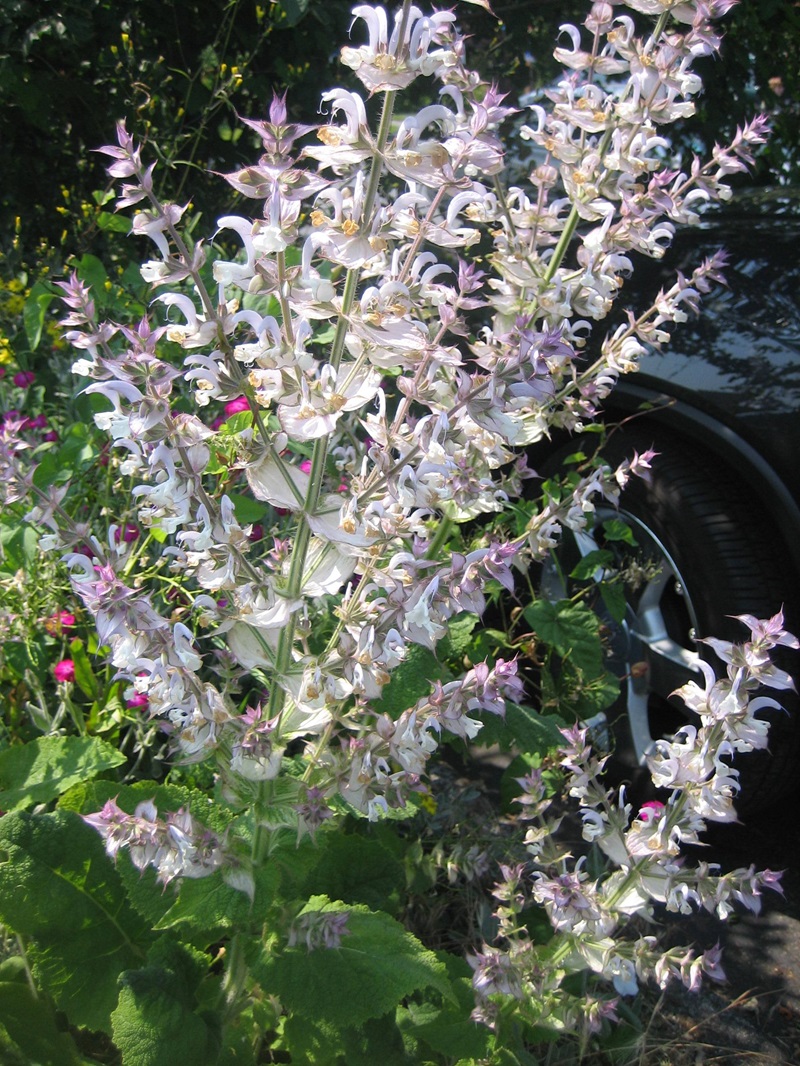
Why it’s a problem
Clary sage is an ornamental and medicinal herb that has escaped cultivation. It spreads rapidly in range land, where it displaces more desirable plants. This has impacts on forage production and plant biodiversity.
It is closely related to Mediterranean sage another regulated Class A noxious weed. Eradication is required to prevent clary sage from gaining a foothold. It has had major impacts in neighboring states.
Plant description
Clary sage is an upright biennial (2-year life cycle) or short-lived perennial (2+ year life cycle) herb that grows up to 6 feet tall. The entire plant is hairy and has a strong odor, which may be familiar due to its popular essential oil. Clary sage reproduces by seed.
Leaves are large, wrinkled, and have a toothed margin. The leaves are opposite (they grow directly across from each other on the stem). The stems are erect, square, and branch at the ends.
Tall showy flower spikes form on towards the top of the branch. Up close, flowers appear to have many parts. Flower petals fused to form two ‘lips’, upper lip is purple and lower lip is whitish, though colors may vary. A large showy bract (modified leaf) sits beneath each flower cluster, bract colors can range from white to pink to purple.
Seeds come in oval shaped nutlets that each hold one seed.
Clary sage is native to the Mediterranean region. It is well-adapted to dry, upland slopes. It can also spread into wet meadows and streambanks. It is most often found in pastures, rangeland, roadsides, and disturbed areas.
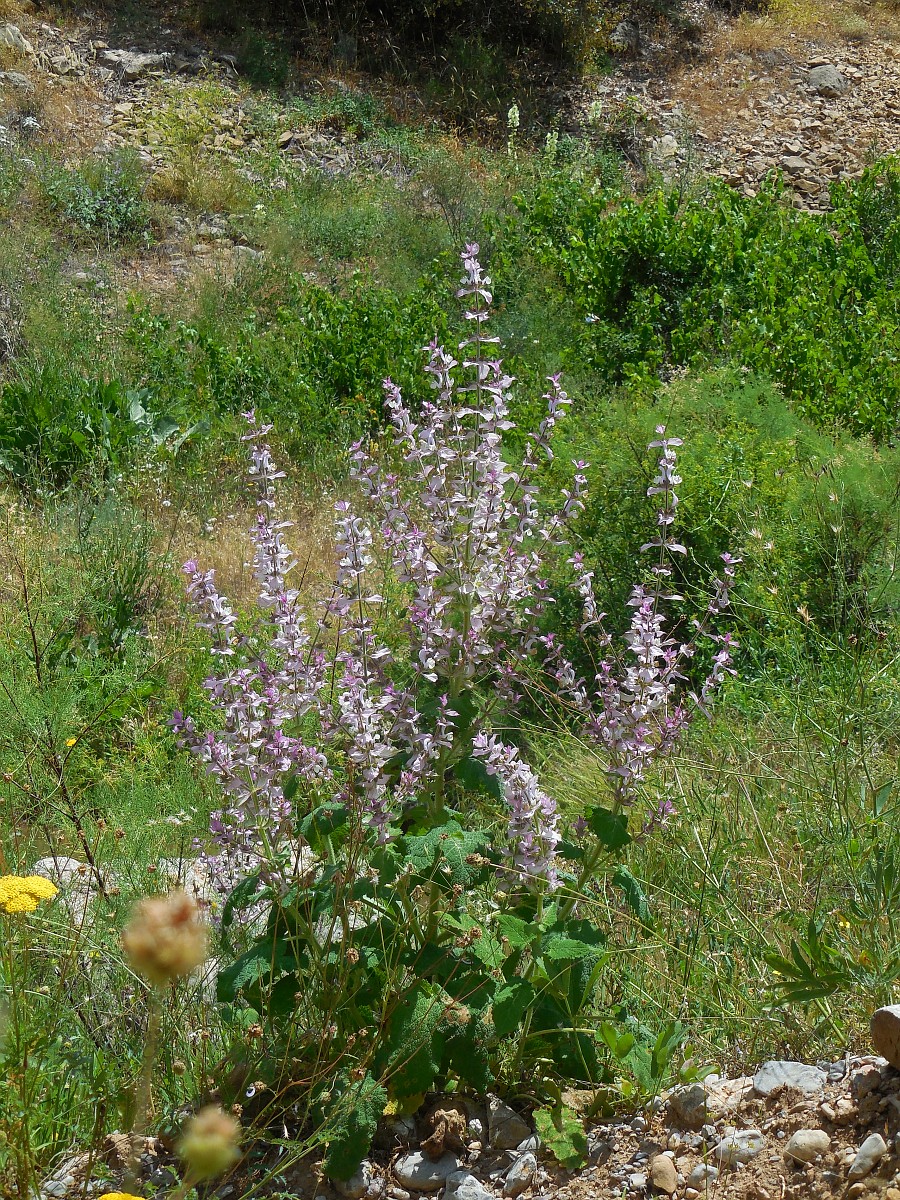
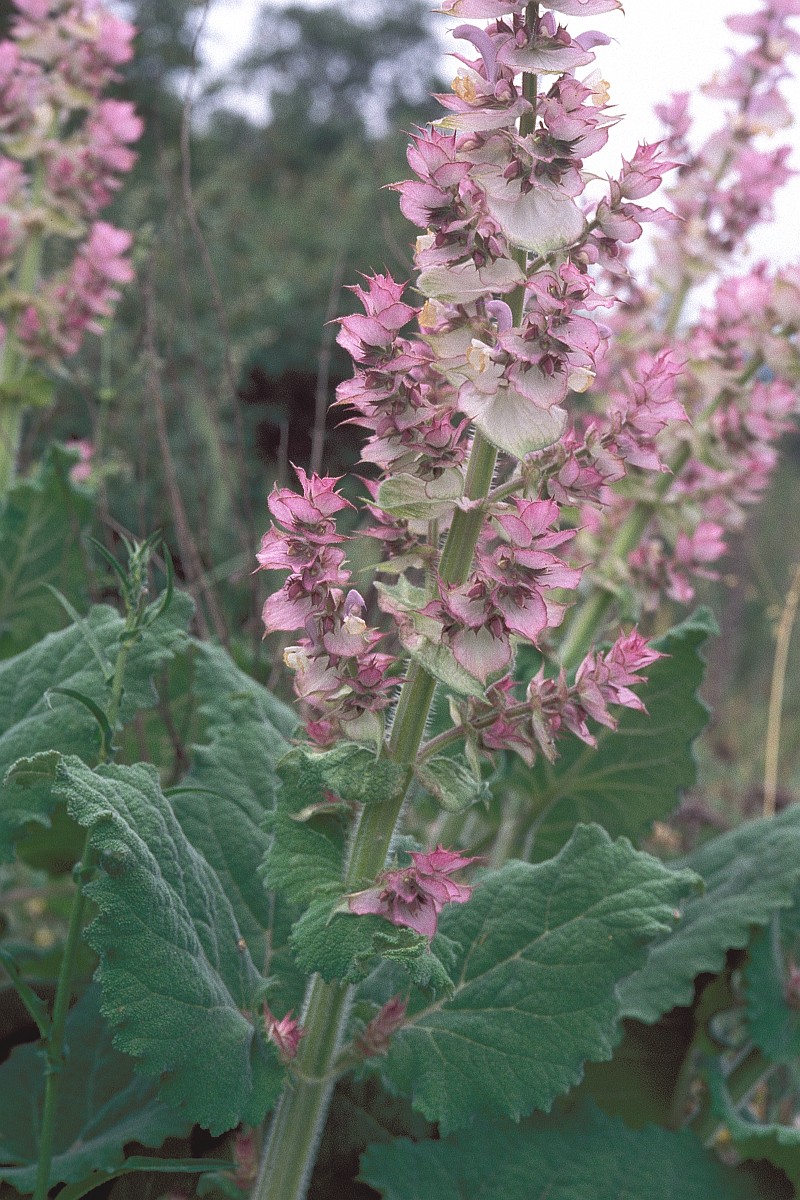
Clary sage rosette. Note the ...
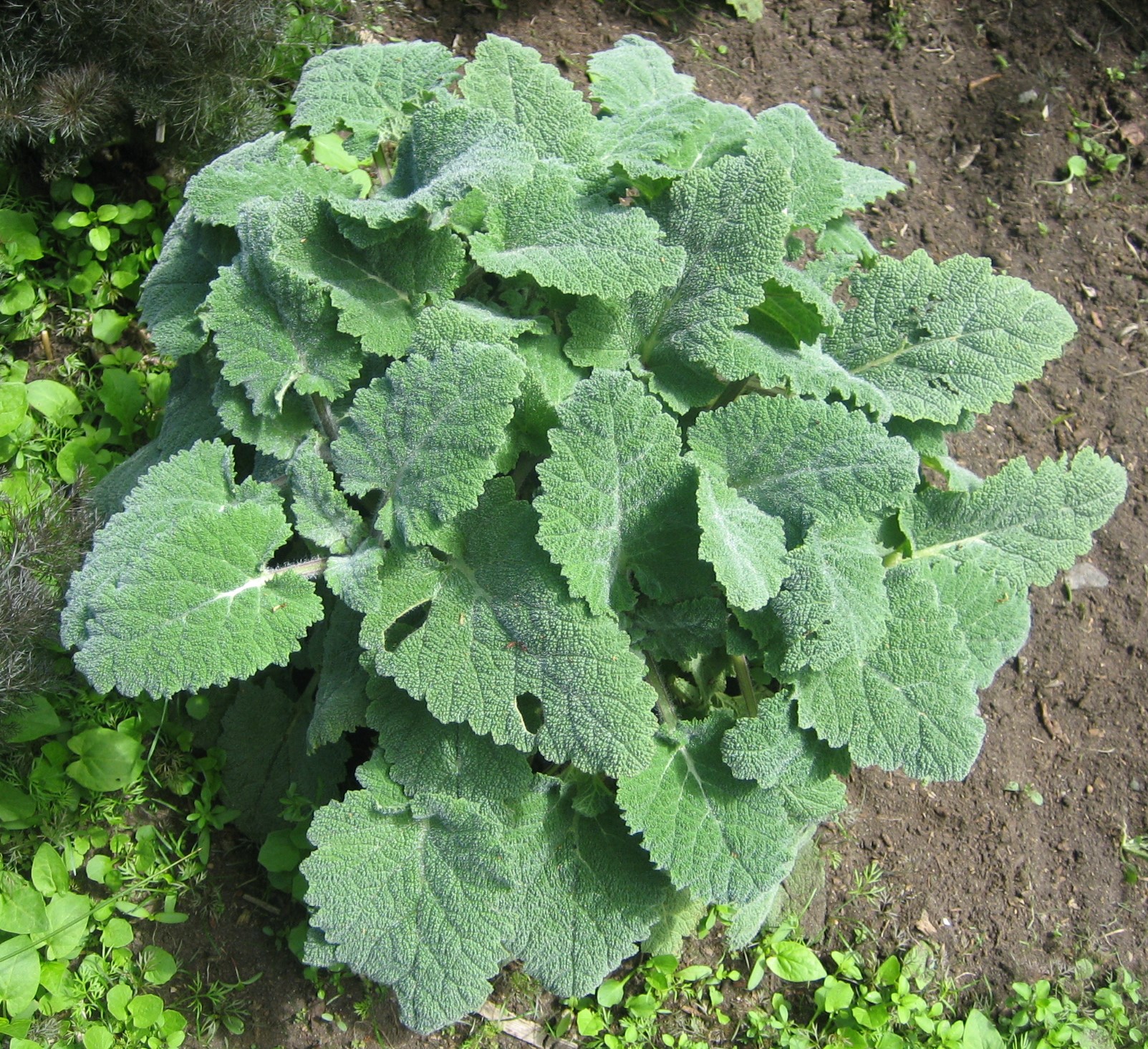
Close-up of clary sage flower...
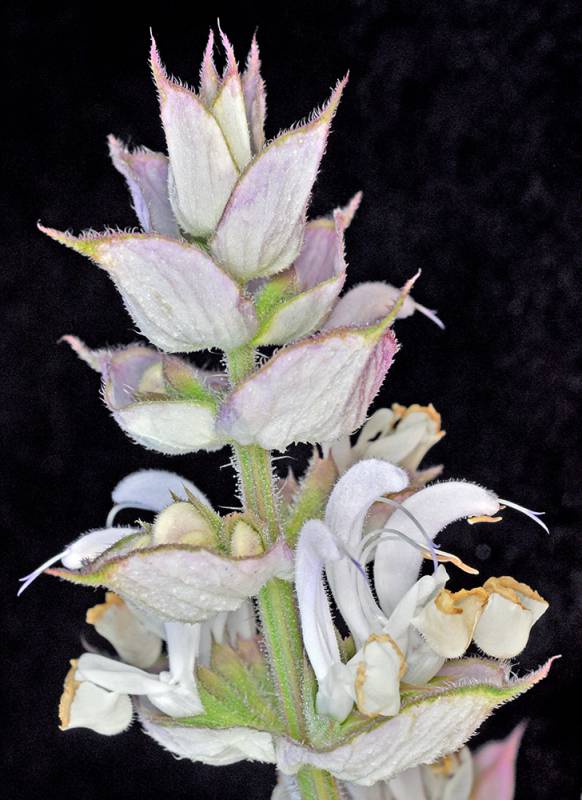
Be aware of look-alike plants
Clary sage can be distinguished by the large, colorful bracts found beneath each flower. It can hybridize with meadow clary, another regulated Class A noxious weed. Sage species are difficult to distinguish so it is best to get an expert identification before removing.
When in doubt, take photos and share them with us or report them on iNaturalist.
What to do if you find it
Property owners are required to control clary sage on lands that they manage. Please notify us if you see clary sage growing in King County.
Our program staff can provide the property owner or appropriate public agency with site-specific advice on how best to remove it. We map all known locations of regulated noxious weeds such as clary sage to help locate new infestations in time to control them.
Control methods
We recommend using a combination of methods to control noxious weeds. In areas with few weeds, it is important to act quickly before they become harder to control. Make a long-term plan as it often takes several years to get rid of most weeds. Start in the least infested areas first and then move into more heavily infested areas.
Seeds can be carried on shoes, clothing, tools and vehicles, so special care should be taken to clean off after entering areas infested with this plant.
Manual control
Pull or dig small infestations before plant goes to seed.
Cultural control
Regular tillage of large clary sage patches can be effective in fields or pastures.
Keep desirable vegetation healthy and thick to prevent clary sage. Survey regularly for new populations and control promptly.
Chemical control
Stay safe when using herbicide:
- Always read the label before use.
- Wear a long-sleeved shirt, long pants, shoes, and eye protection.
- Follow state and local regulations.
The herbicides, picloram, 2,4-D, and dicamba, are reported to control this species. Due to the hairs on the leaf surface a surfactant is required for effective herbicide control.
For more information contact us or your local weed board.
Disposal instructions
Bag entire plant and dispose in the garbage. Composting at home or with municipal yard waste is not recommended.
Noxious Weed Disposal - Washington State Noxious Weed Control Board

 Translate
Translate